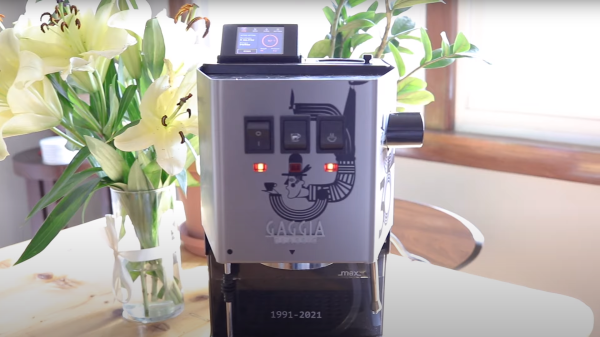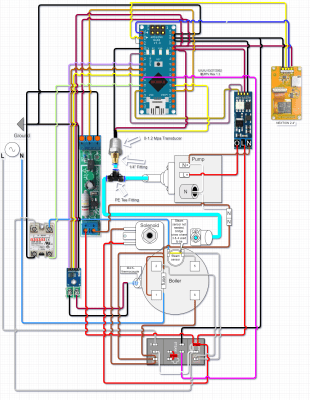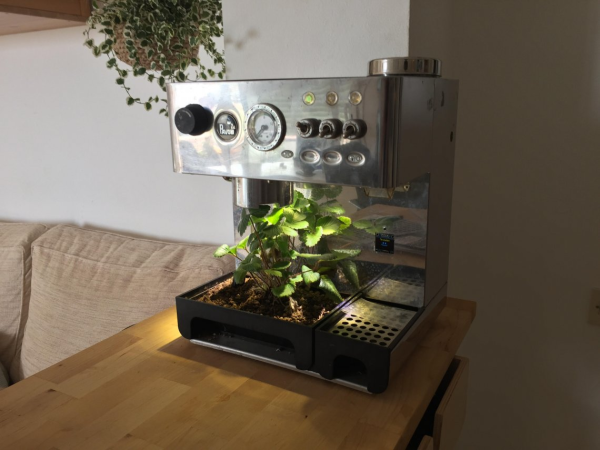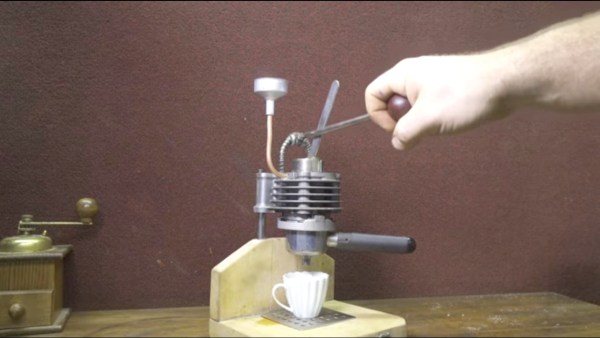[Nicholas DiPatri] very much loves his Gaggia Pro. It’s an amazing espresso machine, but it’s also kind of fussy and requires a lot of manual attention to brew a cup. As an engineer, he set about fettling the machine to run with a little less oversight. Enter RoboGaggia.
Stock, the Gaggia Pro requires regular water refills. The coffee-thirsty user must also wait for the brew heater to reach temperature before clicking the go button. Knowing the weight of coffee in the machine is key to getting the brew right, too. Steaming must also be done by hand. Overall, it’s a lot of work.
[Nicholas]’s goal was to get the machine to a point where he could load it with fresh ground coffee, hit a button, and walk away. On his return, the machine should be ready for steam. To achieve this, he went ham on outfitting the Gaggia Pro with fancy modern equipment. It scored a scale that sits in the drip tray, PID temperature controllers, a flow rate controller to manage the extraction profile, and an auto-fill water reservoir. The entire brew process is carried out under the command of a microcontroller, with live telemetry also sent to Adafruit.io for logging.
It’s by no means a lightweight project, but [Nicholas] has shared files on Github for the curious. However, if you’re in love with your Italian espresso machine and don’t want to switch, this might just be the kit you need to end your morning headaches. After all, when we’re in need of coffee, we’re at our worst for managing a complicated chemical processing plant. Video after the break.
Continue reading “RoboGaggia Makes Espresso Coffee On Its Own” →





















